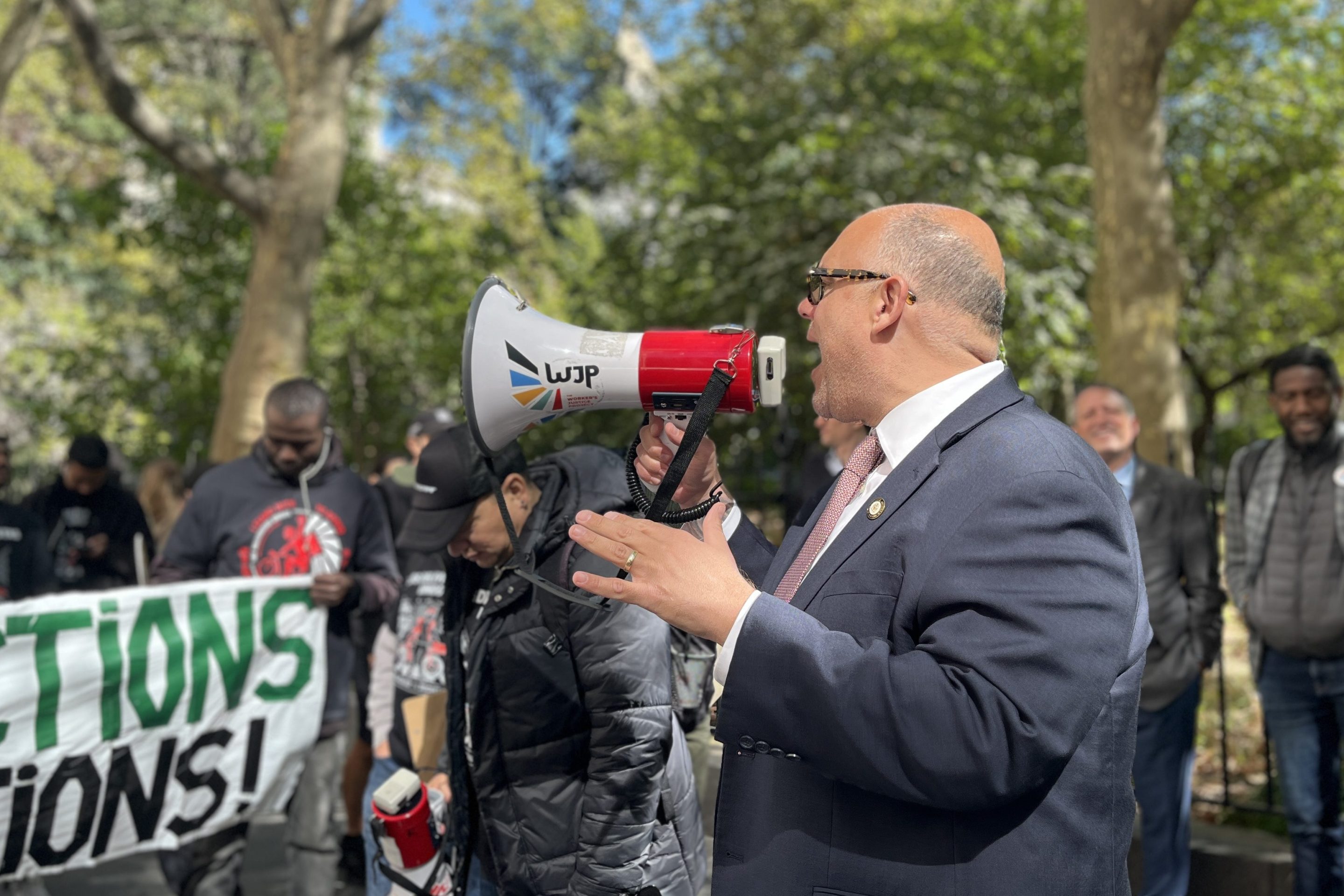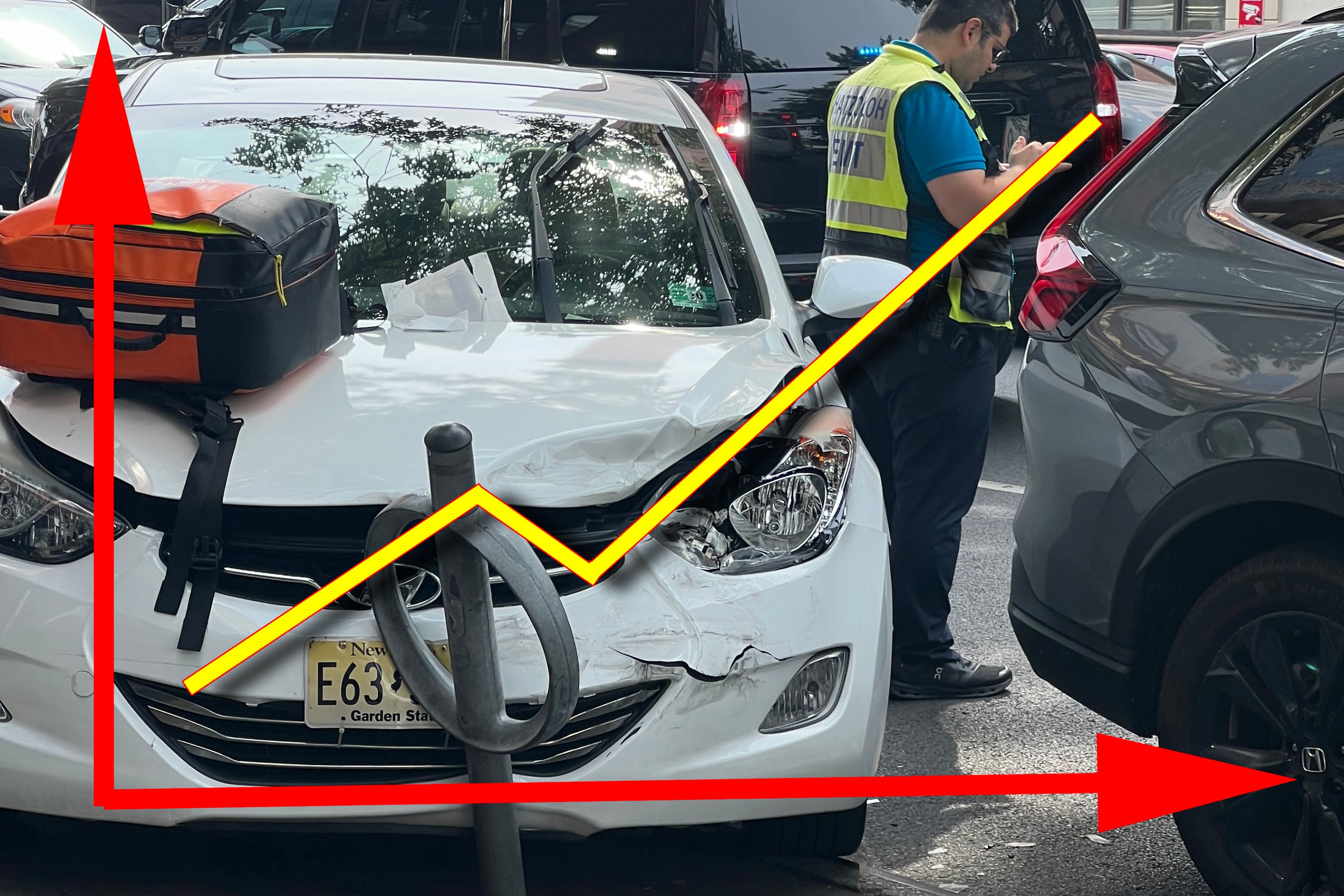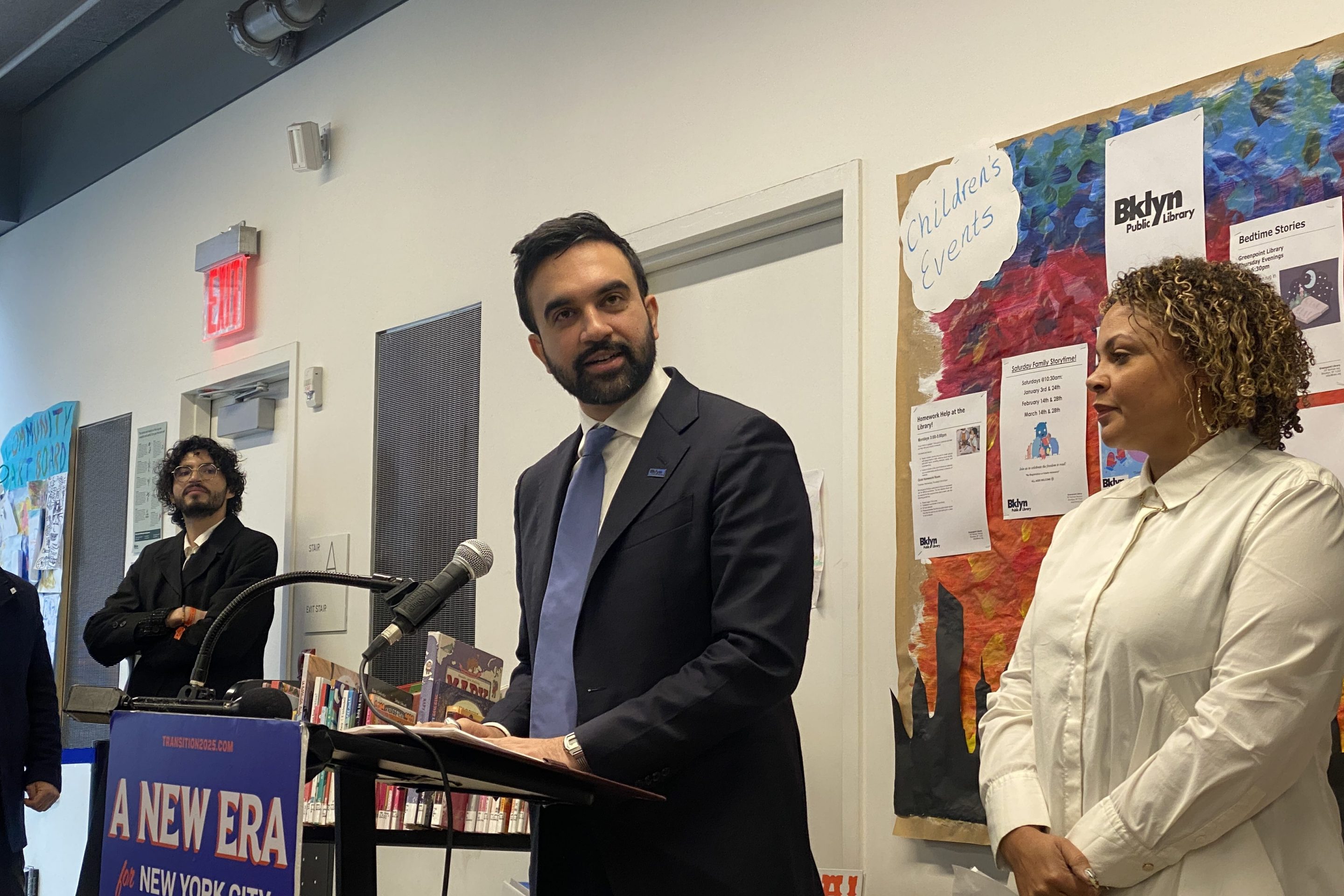
Much progress has been made in the five years since Scott Stringer's first transportation conference, but many transit riders are still wandering in the “transportation deserts” that were the focus of one afternoon panel at the Manhattan borough president's follow-up event, Transportation 2030, this past Friday.
Transportation deserts include neighborhoods from City Island in the Bronx to Mill Basin in Brooklyn to the North Shore of Staten Island. They are places where would-be transit riders face hour-plus commutes, multiple transfers or having to pay multiple fares. As panelist Elena Conte of the Pratt Center for Community Development put it, “It’s not just about deserts, its about being near a station that takes you somewhere you need to go in a timely fashion and is accessible even if you are older, or mobility challenged or traveling with small children.”
The city’s transportation network was planned to get commuters into and out of Manhattan. But as the Center for an Urban Future brought home in their recent report, “Behind the Curb," there has been a huge jump in the number of residents who both live and work outside Manhattan over the past twenty years, leaving many New Yorkers without time- and cost-competitive transit options. Panelist and CUF Executive Director Jonathan Bowles said that this is due in part to the growth in the health care and education sectors, which have large campuses in the outer boroughs, sometimes in the middle of transportation deserts. Inadequate transit hinders the ability of these institutions to draw and retain top-notch talent and limits the economic development potential in large areas of the city.
Tamisha Chevis of Rochdale Village Community In Action For Better Express Bus Service noted these deserts also pose a major hardship for working class New Yorkers. Members of her organization “just want to be able to get to work,” she said. “We have decent jobs; we just want to be able to keep them, so we can feed our families.” According to research by the Pratt Center, nearly two-thirds of the 750,000 New Yorkers whose commute to work takes over an hour have family incomes under $35,000.
The Pratt Center and CUF both support the expansion of Select Bus Service or a more robust Bus Rapid Transit system as an efficient and cost-effective way to serve these trips. But as Conte and Bowles pointed out, the MTA often fails to consider the bigger picture of how to optimize service across local bus routes, SBS lines and the subway to minimize delays, transfers and paying multiple fares.
For example, New York City Transit for years has resisted calls to have buses run over the bridges, which would provide riders from Brooklyn and Queens a one-seat ride instead of forcing a transfer at the edge of a borough. The MTA seems stuck tweaking (or cutting) existing services instead of innovating and adapting to new commuting patterns. Governor Cuomo or the next mayor could convene a taskforce including leaders of outer borough hospitals and colleges to get their input on how transit could better serve their employees’ needs and inject some fresh ideas into the planning process. Of course, it would also be helpful if Albany was willing to commit to creative ways of funding transit expansion such as road pricing.
Another panelist, Hopstop.com President and CEO Joe Meyer, suggested that private companies like his share more data with the MTA to assist with their bus route planning. With tens of thousands of daily users, Hopstop’s data would give transit agencies another window into where people want to go and how long it takes them to get to those destinations today, revealing where services changes would be useful. NYC DOT has begun to work with the TLC to harvest private sector data on taxi trips and speed to better understand congestion patterns. DOT notes: “The methodology also helps augment the limited use of commuting-based Census data, which looks only at trips to work, which comprise only 18% of all trips, and not shopping, leisure or other trips.” Imagine if NYCT was able to use data from HopStop, Google, or even dollar vans to understand trips in parts of the city where the informal sector is filling in some pretty big transit gaps. All this data could be used for their route planning process.
Meyer said he has offered his data to the MTA in the past but the agency has not been interested. Unfortunately it seemed like no one from the MTA was in the room, or perhaps at the conference, to hear these ideas or offer up ones of their own.





